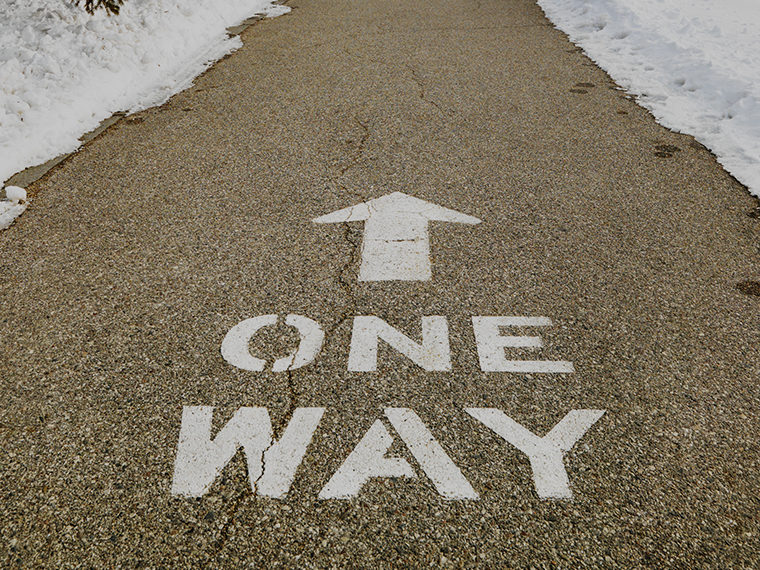Results of financially weak firms are difficult to forecast; in uncertainty, Wall Street’s views are overly generous
Readers of financial news are accustomed to coverage that focuses on quarterly company earnings that “miss” or “beat” consensus analysts’ expectations. These often small variances from the agreed-upon forecast can send shares soaring or plunging.
But what about when analysts are way off in their estimates? How does that happen?
UCLA Anderson’s Mark Grinblatt, George Washington’s Gergana Jostova and George Mason’s Alexander Philipov, in a working paper, examined analyst earnings estimates for 2,640 U.S.-traded companies from 1986 to 2016. In most of their study, companies they surveyed had to have a Standard & Poor’s credit rating, so the study omitted the smallest and presumably most speculative firms. The authors ranked companies by level of analyst optimism or bias by looking at earnings forecasts monthly and comparing them to companies’ actual annual results.
Opt In to the Review Monthly Email Update.
When analysts were either most biased or most optimistic, it was by a lot: Among the 20 percent of companies about which analysts most optimistically forecasted earnings — those analysts’ estimates were on the high side by about 50 percent. By contrast, among the 20 percent of companies about which analysts were least optimistically biased, earnings forecasts overshot actual results by less than 1.0 percent.
Sorting the companies by credit rating, the authors found optimism liberally applied to forecasts concerning the weakest. Almost all the distressed companies, rated CCC+ or worse by S&P, initially made the most-favored lists. Poor finances often mean a company’s results are difficult to forecast.
Analyst bias “profoundly affects the stock prices of firms with hard-to-forecast earnings,” the authors note. “They tend to become overpriced, and subsequently earn lower returns” for investors. In fact, the influence of analyst bias is so strong around hard-to-forecast firms that the authors suggest it is a “root cause” of numerous market anomalies that seem to contradict the cherished idea that markets are efficient.
Most at risk from this phenomenon is the individual investor, not institutions, the authors report. “Because institutions rely less on analysts, and often do their own independent research, the consensus forecast carries less weight in their trading decisions,” the authors explain. “By contrast, when retail investors are relatively more likely to be the firm’s shareholders, reliance on analyst forecasts is much larger.”
That jibes with the view of analysts as “Pied Pipers,” the authors say. “Investors who march to their forecast tunes are doomed to underperform the market.”
Featured Faculty
-
Mark Grinblatt
Distinguished Professor Emeritus of Finance
About the Research
Grinblatt, M., Jostova, G., & Philipov, A. (2018). Explaining (some) anomalies: The role of analyst bias.






